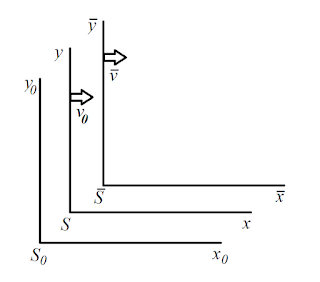Radial Infall
Why do (shooting) stars fall down from the sky? From the previous post , we know that $$\tau = \int \frac{dr}{\pm\sqrt{\tilde{E}^2 - \left(1-\frac{2M}{r}\right)\left(1+\frac{\tilde{L}^2}{r^2}\right)}}.$$ We study the simplified case with \(\dot{\phi}\) such that \(\tilde{L} = 0\), and \(\tilde{E} = 1\). Then, the proper time is \begin{align} \tau(r) &= \pm\int \frac{dr}{\sqrt{1-\left(1-\frac{2M}{r}\right)}}\\ &= \pm\int \sqrt{\frac{r}{2M}} dr \\ &= \pm\frac{2}{3\sqrt{2M}}r^{3/2} + \text{const} \end{align} Let \(r = r_0\) when \(\tau=0\). $$\bbox[5px,border:2px solid #666]{ \tau(r) = \frac{\pm 2}{3\sqrt{2M}}\left(r^{3/2} - r_0^{3/2}\right) }$$ The \(\pm\) sign is due to taking square root on the previous equation. If the testing particle is falling in, \(r\) decreases with time, then we should take a minus sign. Up until now we have been using the proper time of the testing particle. Now we would like to see a...


